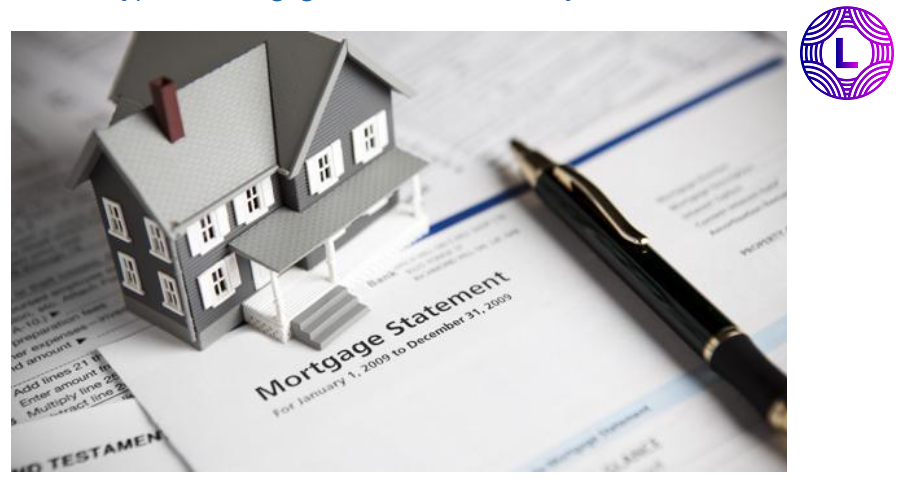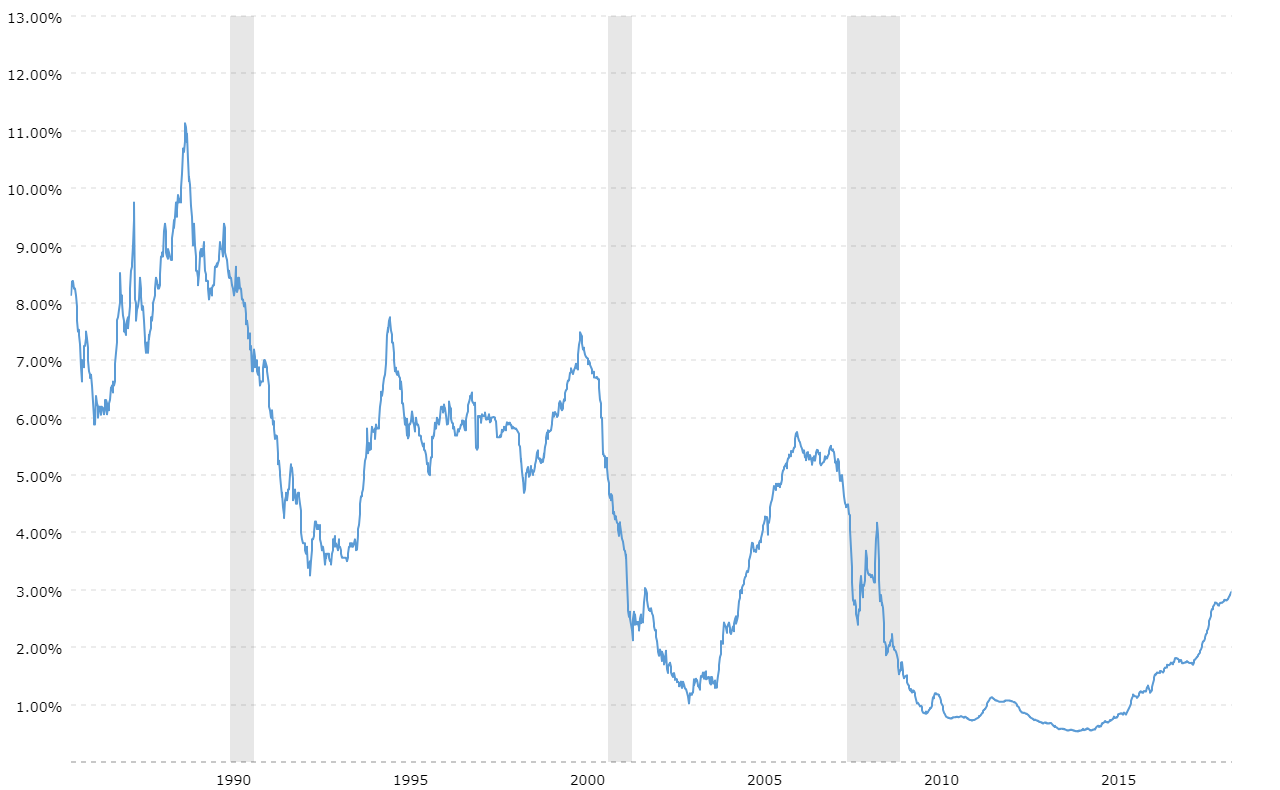The conventional loan is a falling financial obligation, increasing equity loan, while the reverse home mortgage is a falling equity, rising debt loan. To put it simply, as you make payments on a conventional loan, the quantity you owe is decreased and therefore the equity you have in the residential or commercial property increases with time.
There is a trick here that I am going to let you in on. 2. There is never ever a payment due on a reverse home mortgage and there is also no prepayment penalty of any kind. Simply put, you can make a payment at any time, up to and including payment completely, without penalty.
The quantity lent in a reverse mortgage is determined in a different way than a basic home loan. You do not hear individuals speaking about the "loan-to-value ratio" like you would on a traditional loan. On a conventional loan, the lender accepts provide a set quantity that is identified as a portion of the worth of the home.
The age of the youngest borrower, value of the house Discover more or the HUD financing limit (whichever is less) The interest rates in effect at the time Costs to obtain the loan (which are deducted from the Principal Limit) Existing home loans and liens (which must be paid in full) Any staying money belongs to you or your heirs.
The older you are when you get a reverse home mortgage, the more you will get under the program based upon the HUD calculator. You need to be at least 62 years of age for a reverse mortgage. The Principal Limitation of the loan is figured out based on the age of the youngest borrower since the program utilizes actuarial tables to determine for how long customers are likely to continue to accumulate interest.
How Do Reverse Annuity Mortgages Work - Truths

Obviously there will constantly be exceptions, but the facility is that a 62-year-old debtor will have the ability to accrue a lot more interest over his or her life than an 82-year-old debtor with the exact same terms, so the HUD calculator enables the 82-year-old customer to start with a greater Principal Limitation.
In addition to these alternatives, they can use a modified version of each and "blend" the programs, if you will. For instance, a customer born in 1951 who owns outright a $385,000 home may decide it is time to get a reverse home mortgage. Why? The customer desires $50,000 at closing to make some modifications to the home and to money a college prepare for her grandchild.
She can take a modified term loan with a $50,000 draw at closing and established the monthly payment for 4 years of $1,000 per month. That would leave her an extra $107,000 in a line of credit that she would have readily available to utilize as she pleases. how do points work in mortgages. If she does not use the line, she does not accrue interest on any funds she does not use and the on the unused part.

Let us look at the $200,000 credit limit revealed above. As we went over, many individuals used to think about the reverse home loan a last hope. But let us consider another borrower who is a savvy organizer and is preparing for her future needs. She has the earnings for her current requirements however is concerned that she might need more cash later on.
Her credit line grows at the same rate on the unused part of the line as what would have accrued in interest and had she obtained the money - how do reverse mortgages work in california. As the years pass, her credit limit increases, meaning if she one day requires more funds than she does now, they will be there for her Browse around this site (what are reverse mortgages and how do they work).
The Ultimate Guide To How Do Muslim Mortgages Work
If rates of interest go up 1% in the 3rd year and one more percent in the 7th, after twenty years her readily available credit line would be more than $820,000. Now of course this is not earnings, and if you do obtain the cash you owe it and it will accumulate interest.
However where else can you make sure that you will have in between $660,000 and $800,000 readily available to you in 20 years? The calculator is revealed listed below, and you can see the really modest rate increases utilized. If the accrual rates rise more the development rate will be greater. The needs you to take a swelling amount draw.
You can not leave any funds in the loan for future draws as there are no future draws allowed with the fixed rate. The reason for this is because of the development of the line. As you can see the growth rate can be rather considerable and if there were many debtors with yet unused funds who obtained at low repaired rates however wanted to finally access their funds years later on after rates had actually increased, borrowers would have significantly greater funds offered to them at rates that were not available and might not be able to cover the need of below market ask for funds.
Because borrowers experienced a much higher default rate on taxes and insurance when 100% of the funds were taken at the initial draw, HUD altered the approach by which the funds would be offered to debtors which no longer enables all borrowers access to 100% of the Principal Limit at the close of the loan.
HUD calls these required rewards "necessary commitments. You have access to up to 100% of their Principal Limitation if you are utilizing the funds to purchase a home or to pay compulsory commitments in combination with the transaction. You can likewise consist of approximately 10% of the Principal Limitation in money (as much as the maximum Principal Limitation) above and beyond the obligatory commitments if required so that you can still get some cash at closing.
How Bank Statement Mortgages Work Things To Know Before You Get This
If you have a $100,000 Principal Limit and no loans or liens on your home, you can use up to 60% or $60,000 of your earnings at closing or whenever in the very first 12 months of the loan. You can access the remaining $40,000 whenever. This is where the fixed rate loan starts to impact customers one of the most.
Simply put, per our example, as a fixed rate customer you would receive the $60,000, but due to the fact that the repaired rate is a single draw there would be no further access to funds. You would not, therefore, be able to receive the additional $40,000 and would surrender those funds. If you were utilizing the entire $100,000 to pay off an existing loan, either program would work similarly well because all the money would be required to pay off the compulsory commitment (implying the existing loan) which HUD allows.
Specifically if you have a loan that you are settling. There is typically room in the worth of the loan for the lender to make back money they invest in your behalf when they sell the loan. Loan provider credits Find out more are permitted by HUD. Look around and see what is available.